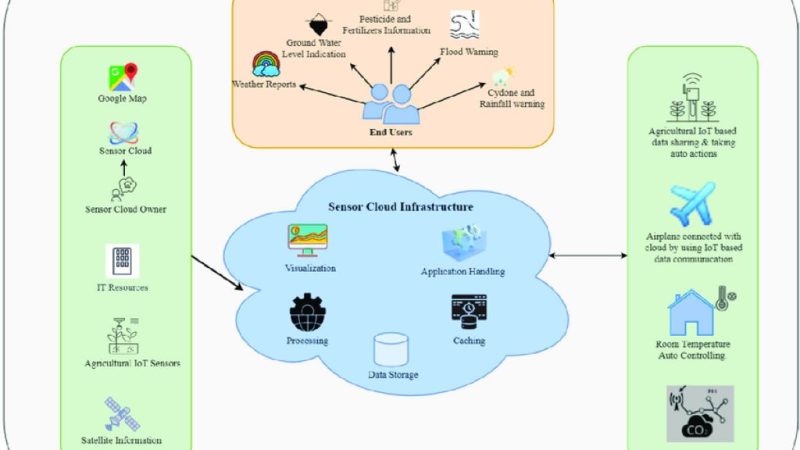All children learn in divergent ways and knowing about these individual approaches is key to building an inclusive learning environment where every child can thrive. Good schools have created strategies at nearly every level to help students access learning in ways that are best for them. Ensure you mention this in your school website. For Websites for schools, visit //www.fsedesign.co.uk/websites-for-schools
Visual Learners: Seeing is Understanding
If you are a visual learner, this means that any information that is provided in forms of images, diagrams and colour-coded materials then your brain will instantly connect with material. Install interactive whiteboards, mind maps and visual timetables in all classrooms to work with them. Graphic organisers, charts and infographics are utilised by teachers to deconstruct difficult content thematically for students; likewise the opportunity is provided whereby learners build their own visual notes and presentations.
Auditory Learners: Learning Through Sound
Schools provide a verbal understanding of lessons for auditory learners and also encourage group discussions to help them process information. It mainly continues to be centred round reading aloud, but recorded material along with educational podcasts are attracting the traditional teachers. Children who learn best audibly—these kids can often remember anything and everything if it’s sung to a tune or rhymed —are aided by musical accompaniments that allow them to memorise key facts necessary for more complicated subjects like maths, as well as learning languages.
Kinaesthetic Learners: Learning Through Movement
Kinaesthetic — learning by doing; these types of learners have to move, play with objects or materials and experience the concept somewhere physically. Manipulatives for maths, science experiments and interactive role-plays bring subjects to life in classrooms. Movement breaks up lesson planning to ensure movement is part and parcel of lessons from acting out historical events through whole body learning, joining words for sentences actions in French not only consolidates language but it also helps with memory processing.
Reading and Writing Learners
Students who utilise both reading and writing excel in text-rich environments. Offer a range of materials at different reading levels, promote journaling across subjects and employ reflection in writing as an aid to learning. In turn, they often assume the role of peer mentors and will help others better understand a concept by creating written guides for their classmates.
Multi-Sensory Approaches
Those who achieve the most typically have a balance of several styles. Lessons often mix visual, auditory and kinesthetic elements together in the one lesson.
Individual Learning Plans
Adapting for the general classroom does not meet all needs of students. These plans detail exactly what a student requires, such as more time to process information and different assessment methods or resources.
Creating Flexible Learning Spaces
Consider quiet corners for focused work, collaborative spaces where group projects can happen and places that lend themselves to kinesthetic learning.





